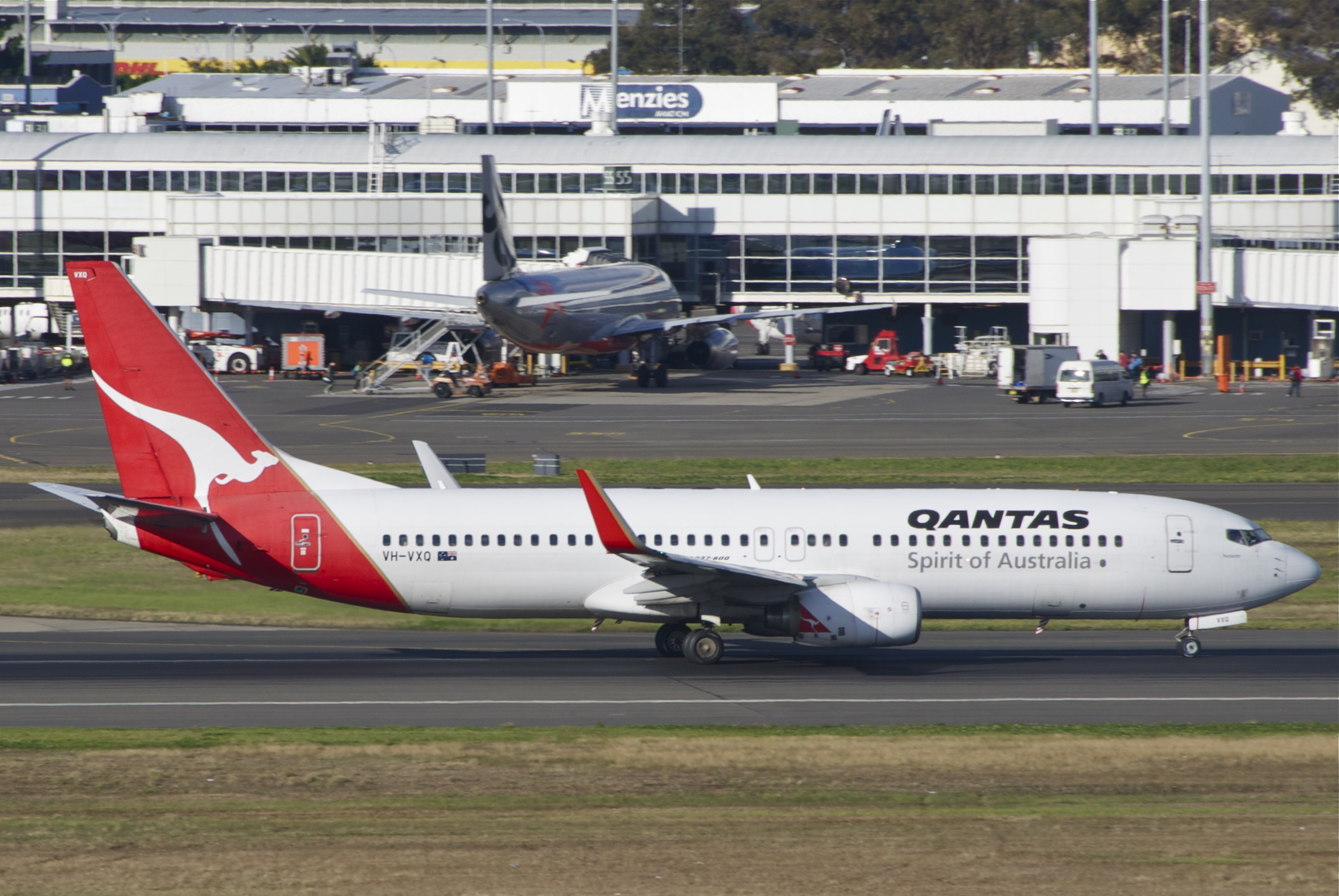Expert Reaction
These comments have been collated by the Science Media Centre to provide a variety of expert perspectives on this issue. Feel free to use these quotes in your stories. Views expressed are the personal opinions of the experts named. They do not represent the views of the SMC or any other organisation unless specifically stated.
John Page is an aircraft designer and Senior Lecturer in Aerospace Engineering in the School of Mechanical and Manufacturing Engineering at the University of New South Wales
What is not clearly understood is that all mechanical devices, cars, bridges, ships, aeroplanes etc. all have structural cracks. The real question is how design engineers manage these phenomena.
In the case of aircraft, the engineer designs the structure to ensure a crack is detected before it becomes critical. To ensure this occurs an inspection procedure is designed to make sure the crack is found before it becomes critical.
The significant factor is the rate at which the crack grows, usually this is easy to calculate. If the crack might grow such that it could lead to a catastrophic failure then it has to be remediated before continued operation.
The size of the allowed crack is clearly stated in the maintenance manual and signed off by the design authority and the regulator, CASA, FAA etc. Thus, the detection of not-critical cracks means the safety system is working. What we do not want to see is a failure with no warning.
Stephen Fankhause is Deputy Department Chair, Aviation at Swinburne University of Technology
The cracks that have been found in the B737 NG’s are in an area called the 'pickle fork'. The pickle fork connects the centre section of the fuselage to the rear spar in the wing. The rear spar helps the wing react to lift loads.
There is an airworthiness directive issued by the FAA to inspect this area for cracks on all B737 aircraft if the aircraft has undergone 30,000 flights or more. There are two pickle forks on the rear spar. The inspection should take about an hour for each aircraft.
The design is what is called 'fail safe' which means the structure can tolerate some level of damage or degradation for example due to cracking. The inspection period is set to ensure the cracks do not continue to grow to a dangerous length and then significantly compromise the strength of the airframe.
Modern Jet transport aircraft are all designed to be damage tolerant and this ensures integrity of the airframe provided the directed inspections are carried out when specified and repairs are made if cracks are found.



 Australia; NSW; VIC
Australia; NSW; VIC


